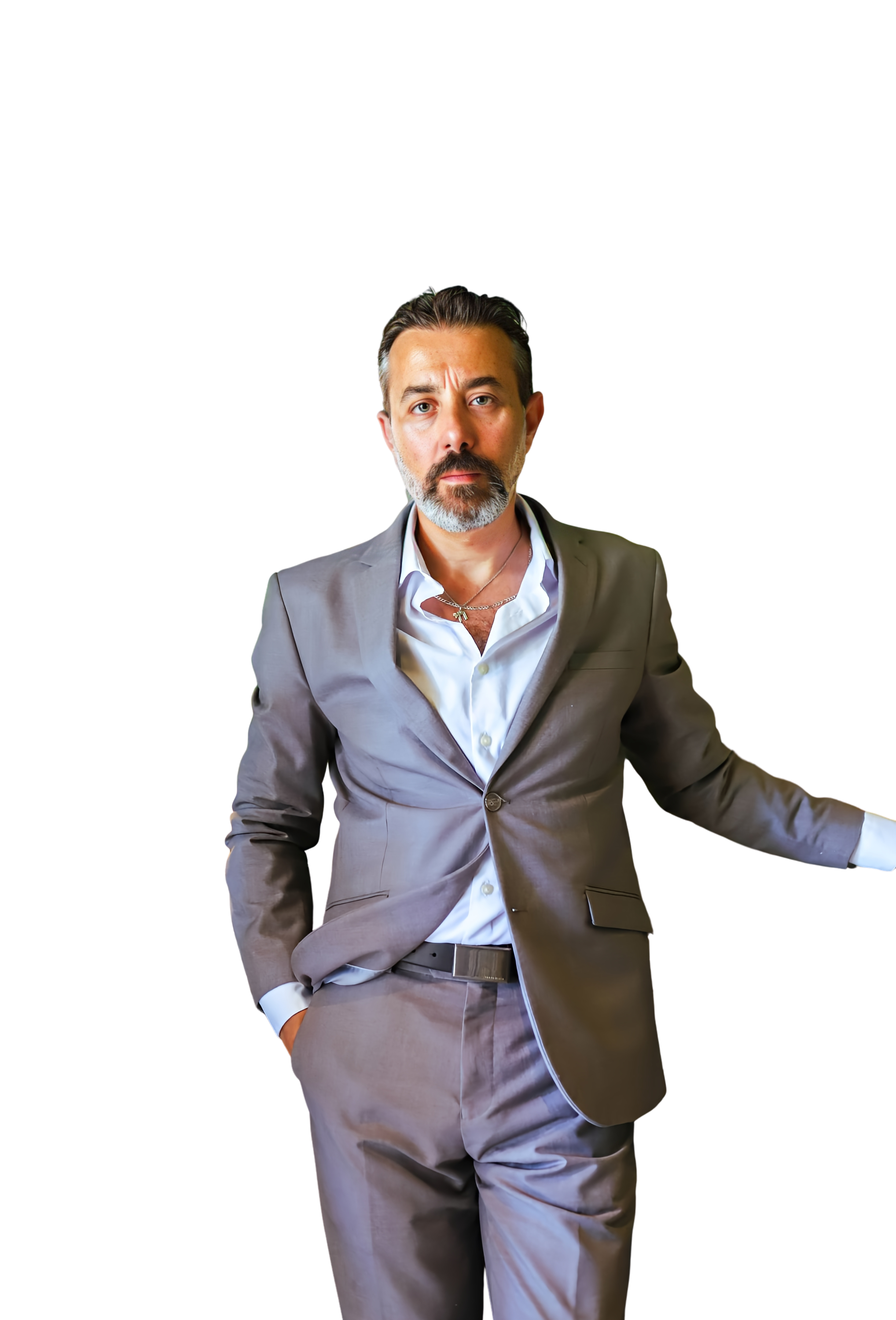The Invisible Workload
- Ethan Starke
- Sep 1
- 3 min read
Why You’re Tired Before You Begin
You wake up.
Your calendar is full.
Your to-do list is organized.
Nothing looks wrong.
And yet… you’re already tired.
Not physically. Not exactly emotionally.
But deeply, systemically, tired.
This is the exhaustion that doesn’t show up in your schedule.
It’s the fatigue of invisible work — the unseen demands that drain your energy before your real work even begins.
It’s the decisions you’re constantly making.
The expectations you’re silently carrying.
The unspoken roles you’re always performing.
In high performers, this kind of weight doesn’t look like chaos.
It looks like control.
But that control is expensive — and eventually, it comes at the cost of your clarity, focus, and fire.

The Layers of Invisible Work
Let’s name what’s really weighing you down:
Decision Fatigue: Every choice, big or small, burns glucose and attention.
When you’re fielding hundreds of micro-decisions daily — “Should I say yes to this meeting?” “Do I respond now or later?” — your cognitive load skyrockets.
Expectation Management: You’re holding space for others — emotionally, mentally, strategically — without ever naming it.
Especially if you lead, mentor, or parent, you carry weight most people never see.
Self-Surveillance: The constant internal monitoring of how you’re coming across.
Are you leading well? Sounding clear? Staying sharp? Living up to your brand?
Unfinished Loops: Open tabs in your mind. Conversations you never closed. Commitments you haven’t fully processed.
Each one is a tiny leak of energy.
None of this is on your official list.
But it all costs you.
Case Study: Sheryl Sandberg & The Mental Load
In interviews following the release of Lean In, Facebook COO Sheryl Sandberg spoke candidly about the strain of being a high-level executive and a mother.
What made it hardest?
Not the meetings or travel — but the invisible labor:
Remembering doctor’s appointments, organizing childcare, coordinating logistics that no one else acknowledged.
This “mental load” wasn’t in her job description.
But it defined her energy.
For many high performers, the same is true:
The work behind the work is where the burnout begins.
Clearing the Weight You Don’t See
So what do we do?
First, we stop assuming that visible productivity = real productivity.
You can be incredibly busy… and totally misaligned.
Then we get tactical:
Audit the invisible.
Spend 24 hours tracking every non-listed task or mental loop that drains you. You’ll be shocked at what shows up.
Name the role, not just the task.
Are you acting as a fixer? A safety net? A sounding board? Know who you become when no one’s watching — and ask if that role still serves you.
Design for recovery, not just performance.
Build buffers between high-stakes moments. Create routines that reset your nervous system, not just your calendar.
Outsource emotional load where appropriate.
If you’re carrying things someone else should own, it’s time to reset boundaries or redistribute weight.
You weren’t meant to carry everything just because you can.
Elite performance isn’t about more weight. It’s about clear load-bearing.
When You Clear the Invisible, You Regain the Edge
The difference between tired and clear isn’t about sleep.
It’s about subtraction.
When you remove the hidden drains, your real strategy — your instinct, your creativity, your decisiveness — comes back online.
You move from default mode… to design mode.
From reaction… to strike.
Final Thoughts:
You’re not tired because you’ve done too much. You’re tired because you’ve been holding too much — mentally, emotionally, invisibly. Clarity isn’t just a productivity tool. It’s a survival skill. Drop the invisible weight. Reclaim your clean edge. That’s where movement becomes sustainable again.




